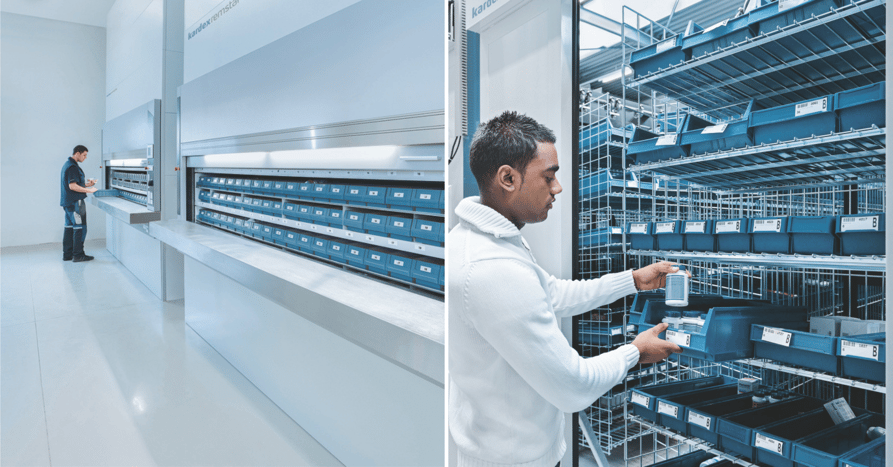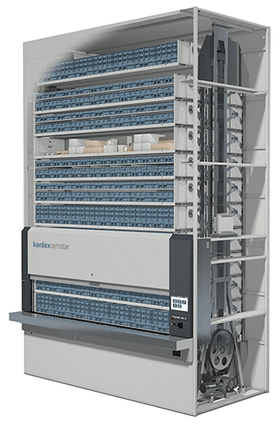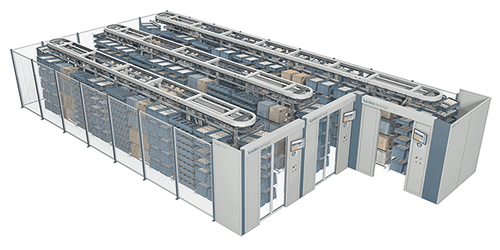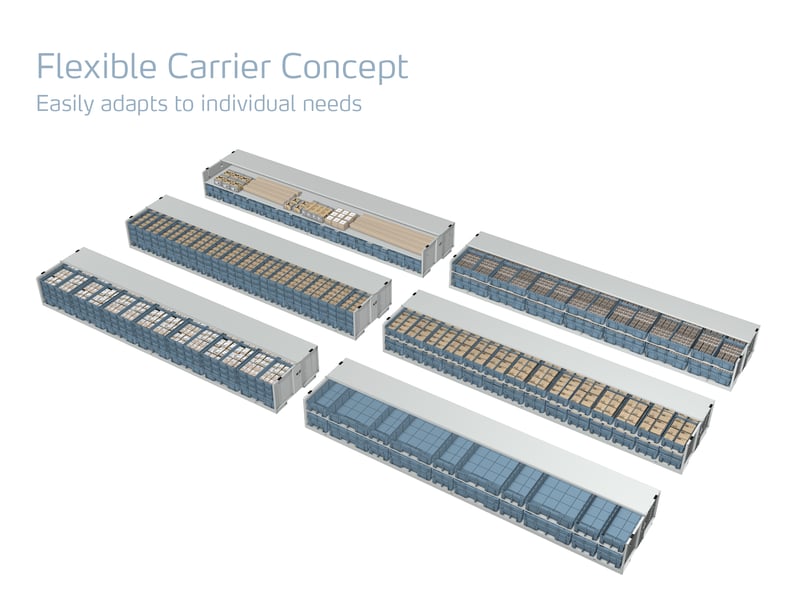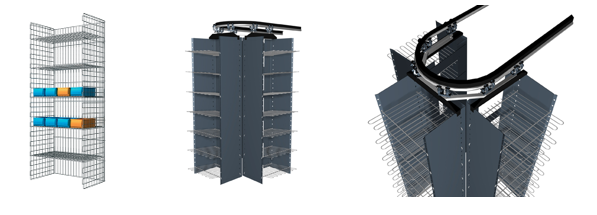So... Which One Is Right For You?
Now that you know the basics – which one should you use? Well it’s not always so clear cut – but let me give you four things to consider...
Consideration #1: Physical Space
The physical space of your warehouse is a main consideration when it comes to deciding between a Vertical Carousel Modules and horizontal Carousel Modules – specifically ceiling height. A lower ceiling height might mandate a Horizontal Carousel Module over a Vertical Carousel Module. Although if space is really tight and you are looking for maximum cubic capacity a Vertical Carousel Module might be the better option.
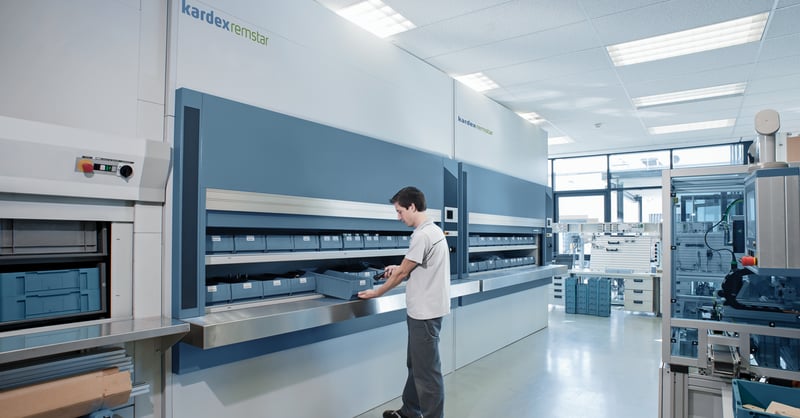
Even at a lower ceiling height as Vertical Carousel Module provide a bit more capacity when compared to Horizontal Carousel Module. Another option is to build a tall attached exterior enclosure to house the Vertical Carousel Module and punch an access opening through an existing exterior wall – this is more common than you’d think – especially for low ceiling facilities that are out of space. It’s all about the balance of the physical space you have and the space (storage density) you require.
Consideration #2: Picking Speed
Another consideration is the system throughput requirement – which is dependent on your specific application. How fast you need to get product out of the system might determine the best technology for you. Throughput rates are highly dependent on the system configuration (layout and process), inventory locations (slotting), order profile (single line vs multi), picking strategy (single order or batch picking) etc.
Carousels are generally arranged into workstations, or pods. An operator(s) works within the pod picking stored product from each machine to fill orders – usually following light or voice directed picking commands. One of the main advantages to automated storage and retrieval systems is the good to person delivery. All stored goods are delivered directly to the operator, significantly reducing walk and search time and therefore increasing order picking throughput rates.
A word of caution when designing a workstation, always consider the operator walk time to the units. Vertical Carousel Modules are generally laid out in a straight line – 2 or 3 – in row next to one another. Arranging 3 Vertical Carousel Modules next to each other can quickly create a 36 foot (plus) work area. When there are 4 or more Vertical Carousel Modules you usually see them arranged 2 by 2; face to face. This allows the operator to work in the middle of the workstation and access all 4 units easily; with a 24 foot walking area, instead of 48 feet. In high throughput application, every step counts.
For high throughput, Horizontal Carousel Modules are also arranged in workstations or pods; but the difference here is the access point is variable and can be adjusted to create the most efficient layout. When using 2 Horizontal Carousel Modules side by side, the operator can access each carousel at an angle, creating a small workstation of only 5 or 6 feet. When multiple Horizontal Carousel Modules are positioned in a workstation the center carousels can be pushed back and accessed from the front, while the side ones can be directed to stop on a side or angle – creating a very tight workstation for the operator.
With the right configuration and process in place, Horizontal Carousel Modules can deliver at higher throughput rates; but conversely they take up more floor space than a Horizontal Carousel Modules. So there’s a tradeoff between throughput and storage density.
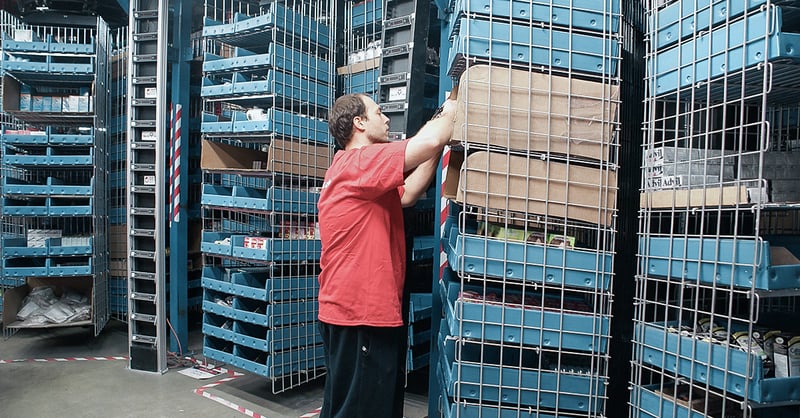
Consideration #3: Product Mix
The stability of your product mix is also a decision criteria to consider. Vertical Carousel Modules provide highly dense storage for static product sizes. While intermediate shelves can be changed from storing 2 inch tall product today to 4 inch products tomorrow; there are carrier size limitations. Horizontal Carousel Modules are easier to adjust to a changing product mix. Carrier shelving can be added or removed and pick lights can be adjusted as needed.
Consideration #4: Cost
It all comes down to how much does it cost and what’s your budget. Overall, the Horizontal Carousel Module is the least expensive option per cubic foot stored. While price is always a main consideration, it’s never all about price in the end - it’s about finding the best system to meet your needs now and into the future. Your decision should be based on the space you have, the requirements of your application and the cost. Ask a material handling specialist to analyze your application, provide you a comparison cost for both solutions and help you weigh the pros and cons.
You may also like: ASRS 101: Intro to Automated Storage and Retrieval Systems
Or this comparison: Vertical Lift Modules vs Vertical Carousel Modules

